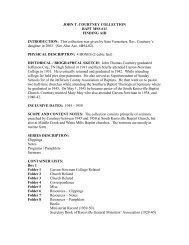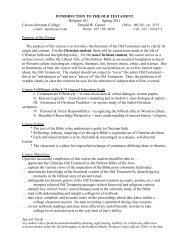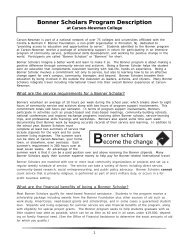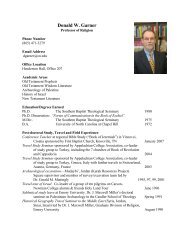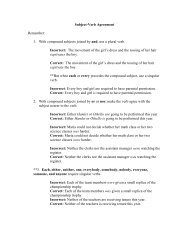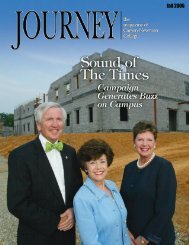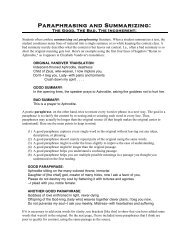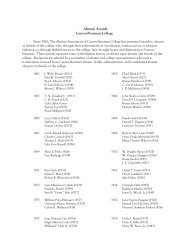a comparative analysis of louis durey and francis poulenc's settings ...
a comparative analysis of louis durey and francis poulenc's settings ...
a comparative analysis of louis durey and francis poulenc's settings ...
You also want an ePaper? Increase the reach of your titles
YUMPU automatically turns print PDFs into web optimized ePapers that Google loves.
38<br />
Le Dromadaire--Poulenc<br />
Poulenc’s “Le Dromadaire” differs from the rest <strong>of</strong> his collection in that it is his<br />
only Bestiaire setting not in the 4/4 time signature; it is set in 2/4, as is Durey’s setting. It<br />
is also the longest <strong>of</strong> Poulenc’s Bestiaire <strong>settings</strong>—by thirty measures—perhaps to<br />
establish Don Pedro’s lengthy voyage <strong>and</strong> the dromedaries’ weighted stride. Also, “Le<br />
Dromadaire” is the only Poulenc Bestiary piece with a substantial interlude <strong>of</strong> seven<br />
measures.<br />
Throughout the majority <strong>of</strong> the piece, the left h<strong>and</strong> plays in 16th-note chromatics.<br />
The dromedary, trudging along, appears throughout the piece in what will be referred to<br />
as the “A” section: measures 1-14, 22-33, <strong>and</strong> 37-39. The “B”-like section appears at the<br />
mention <strong>of</strong> Don Pedro in measures 15-22 <strong>and</strong> the poet at measures 34-36. The vocal line<br />
also reflects the distinct sections in the piece. The melody is the same in measures 11-14<br />
<strong>and</strong> 30-33. The melody <strong>of</strong> the “B” section is similar at both <strong>of</strong> its appearances in<br />
measures 15-22 <strong>and</strong> 34-37.<br />
The first three lines <strong>of</strong> poetry are separated from the last two by an interlude.<br />
Durey opted for this as well. The first three lines <strong>of</strong> poetry are declarative—facts about<br />
Don Pedro <strong>and</strong> his dromedaries. The last two lines express the poet’s admiration for Don<br />
Pedro’s sense <strong>of</strong> adventure. The ascending vocal line in measures 15-17 is accompanied<br />
by an ascending progression <strong>of</strong> chords—E major, F major, G major, A minor, B<br />
diminished <strong>and</strong> C major—before descending. The straight rhythms in the vocal line<br />
throughout the piece adds to what Wilfrid Mellers calls the “cumbersome lollop” <strong>of</strong> the



